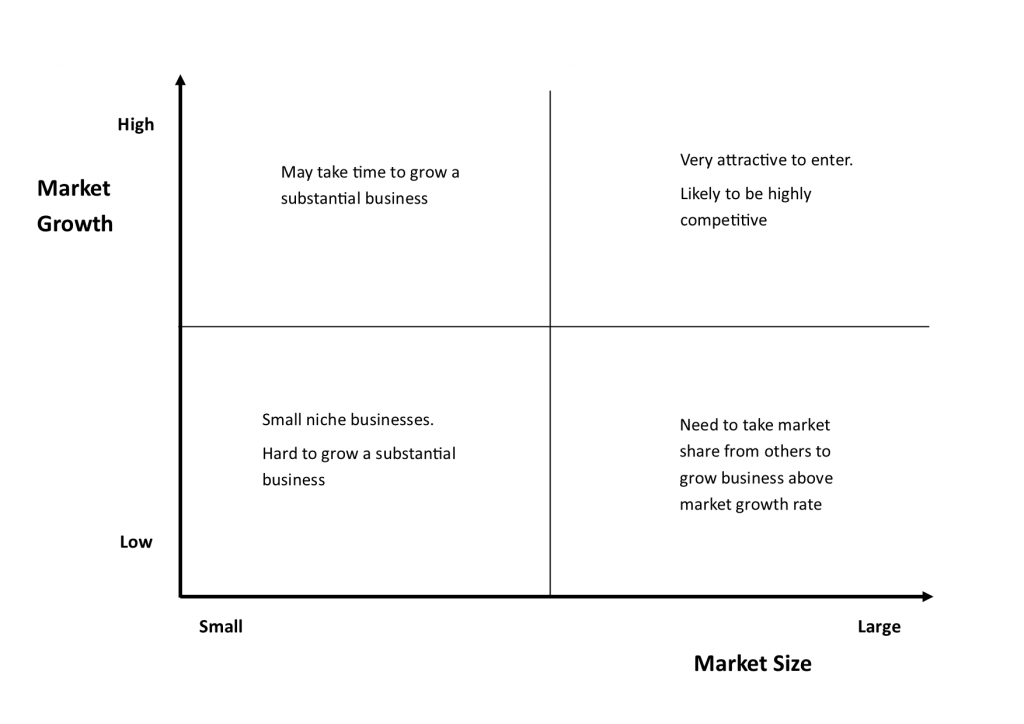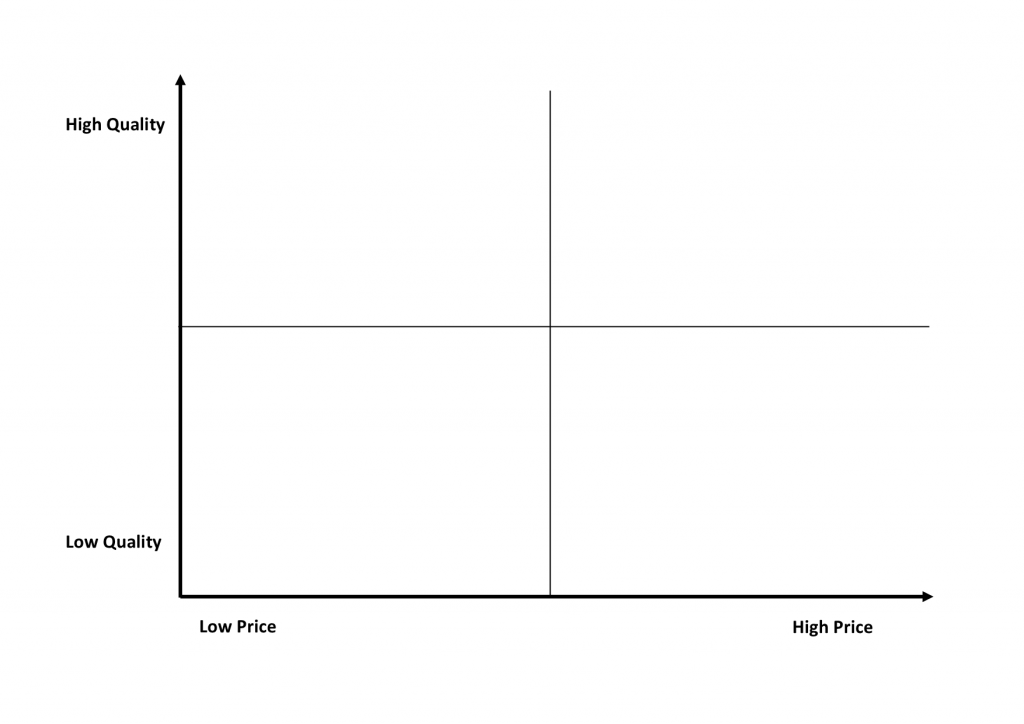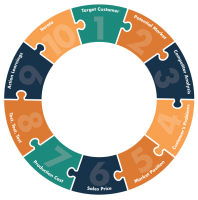7 tips for launching new products

Launching a successful new product or service is difficult. Make it as easy as possible by following a process to find out as much as possible about your market, the competition and your customers problems.
Below are 7 tips for actions to do before you launch a new product or service.
1. Understand the potential market
The market is the number of people to which you can realistically sell your product AND who have a reason to buy your product.
At what stage is the market – in growth, flat or in decline. This impacts what you will have to do and how you might structure and grow your business to achieve your goals.

2. Undertake a competitor analysis of your target segment
Analysing your competitors will allow you to understand their approach to the market, and what areas and customer segments they target.
Undertake a SWOT (Strengths, Weaknesses, Opportunities and Threats) for key competitors.
Think about your initial marketing messaging and how this compares to your competitors. What are your marketing differences and do those differences appeal to your customer?
3. Find your customer’s problems
Put yourself in your customers’ shoes and list out all the problems your customers are likely to have. Try to keep this exercise broader than just the problems your product is focused on. Understand all your customers problems in the broad area your product targets.
Cover the different types of problems:
- Functional – e.g. I need food to stop my hunger
- Emotional – e.g. I want to buy from a responsible brand, so I know I am not doing the planet harm
- Social – e.g. I am happy to be seen by those around me eating this product and the product is accepted by my group.
Speak to your customers to check that they value what you think they do.
Prioritise their problems with the most painful or pressing to your customer first down to the least painful. The more painful or pressing the problems that you solve, the more the customer is likely to pay to have them solved.
Check your assumptions – see Tip 7 on Testing
4. Build your product positioning strategy
Where are you going to position your product in relation to the other competitors in the market? Map out where each of the current competitors are in this simple quadrant:

The market position of your product has many impacts, some of which include:
- Sales price
- Maximum production price
- Quality requirements
- How you are going to sell your product to your customers
- Service and after care
- Brand implications
It is easier to occupy a space in the market rather than going head to head with an established product and brand on entry.
5. Test, test, test
Without testing, you only have your best guesses. Launching a business on best guesses can be expensive.
Testing should be undertaken with your target customer segment (the individuals you want to sell to). There are many ways to reach them without incurring significant cost. e.g. if your target market is medical staff, stand outside a hospital and interview those entering and leaving.
Some testing types to undertake:
- Interviews
- Surveys
- Questionnaires
- Google advertising
- Focus groups
- Pre-ordering
- Split testing
Testing for actions is better than testing for opinions. You want to know what your customers will do, rather than what they might think.
6. Redesign your product and/or marketing messages
Use all the learnings that you have gained to take a critical look at your product and marketing messages. Tweak, redesign or pivot based on that feedback.
You want to launch a product that is successful in terms of
- solving a customer problem (s)
- building market share and
- generating cash for your business
Don’t forget to look for better target customer groups during this process. There are many companies that have designed products for one group and through testing have found a much more valuable group of customers.
7. Iterate, again and again
Once you have your updated version of your product and/or marketing messaging, go through this process again (iterate).
Keep repeating this process. Even when you have reached your goals, keep repeating. The best companies keep trying to improve what they produce and do. It is how they keep ahead of their competitors.
I am always amazed how overnight successes take a helluva long time
Steve Jobs




